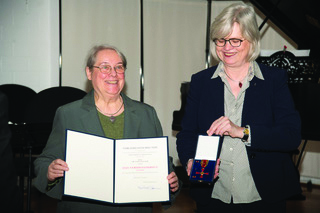Subtitled “Armenian-American Culture and Politics in the Twentieth Century,” Benjamin Alexander’s historical study sheds interesting light on events that shaped immigrant life in America for both survivors of the Armenian Genocide and those who preceded them at the turn of the 20th century.
Started as a doctoral dissertation at the CUNY Graduate Center in 1998, Ararat in America follows a rough chronological order. After a cursory 20-page overview of 3,000 years of Armenian history, Alexander moves on to several chapters with titles such as: “The Contested Homeland: the First World War and the Genocide” and “Years of Adjustment: Armenian Americans in the 1920’s.”
These and the third chapter, “The Tourian Affair: Contested Memories and the Archbishop’s Murder,” are the most successful in the book.
I, for one, live just two blocks away from Holy Cross Church in Washington Heights — where Archbishop Tourian was brutally murdered during a Christmas service by ARF zealots — but I knew little about the details of the conflict that led up to this tragic event which has had ripple effects well into the 21st century. Other important questions that Alexander discusses in this volume include the following: how does a persecuted people which has suffered a genocide regroup in a new country thousands of miles away from their homeland? How do they divide themselves politically and otherwise? Why do conservative modes of thinking continue to dominate these communities, as they simultaneously assimilate into American society and take on its more progressive, liberal modes of thought and habits?
The book also contains fascinating information about figures such as General Dro and amusing anecdotes about arranged marriages and dating at mid-century in certain Armenian circles.
However true it may be that much of the Armenian-American community was once divided along the Tashnag/Ramgavar split in both its secular and religious incarnations, this has lessened in importance as time has passed.









